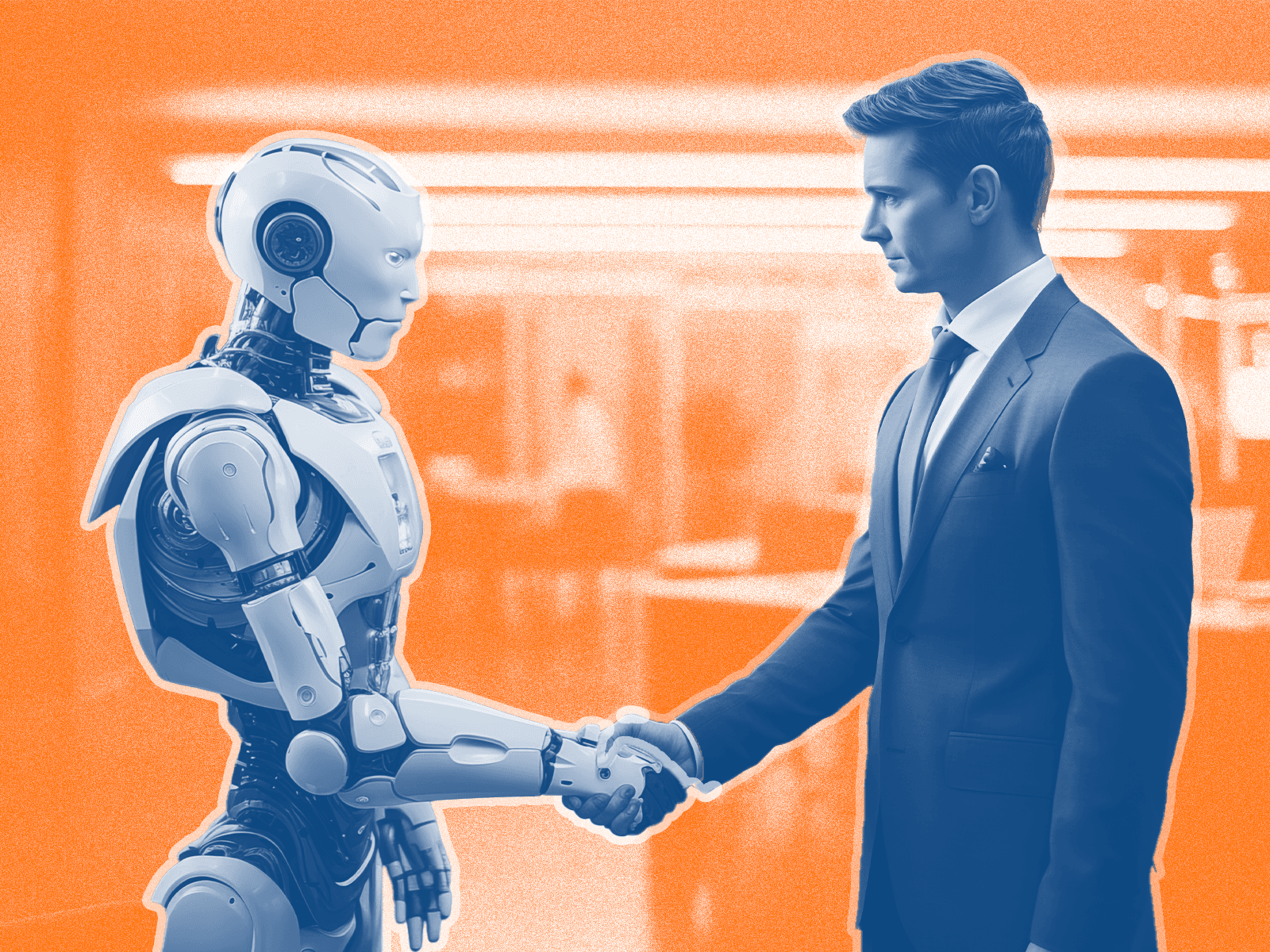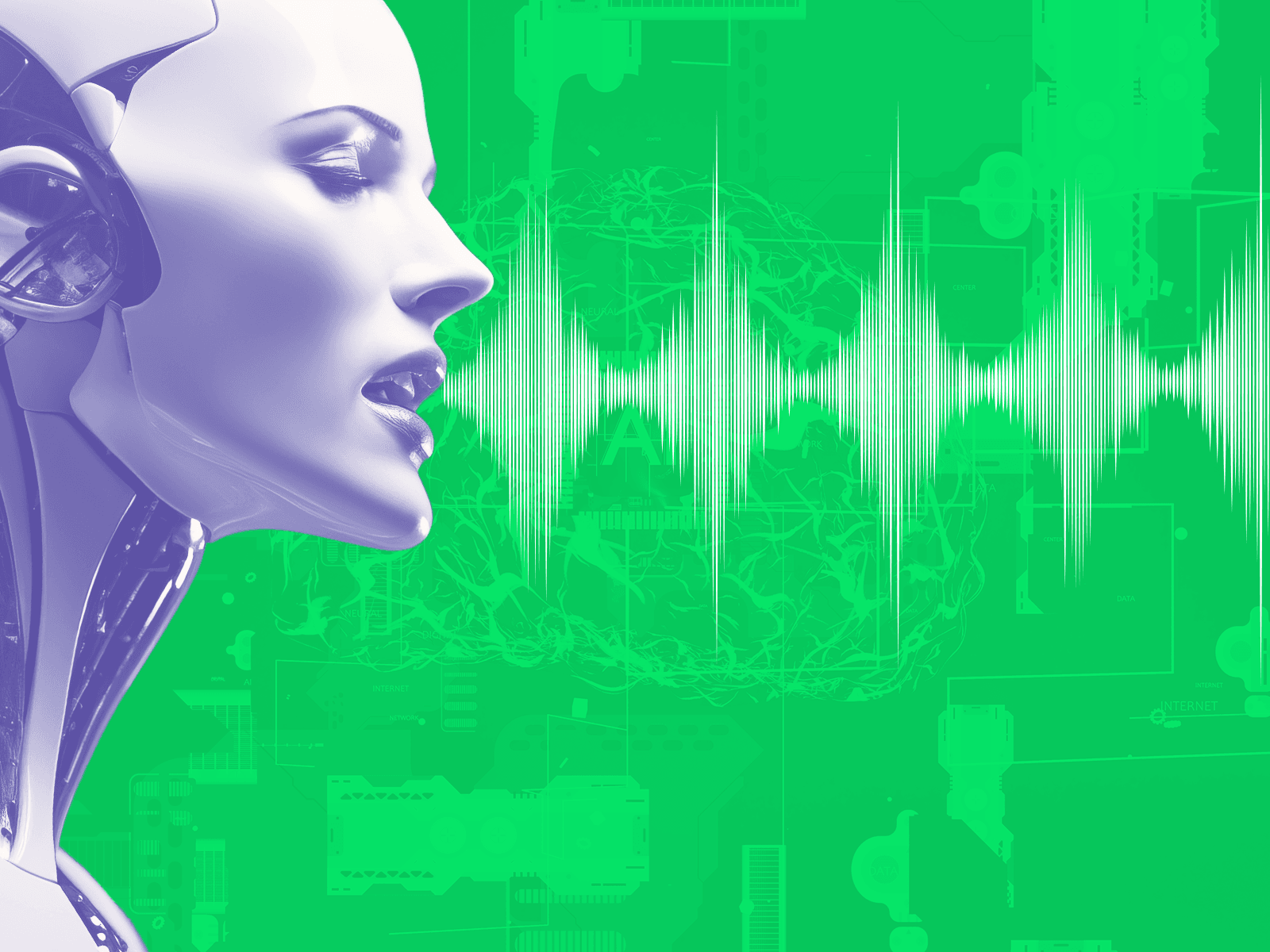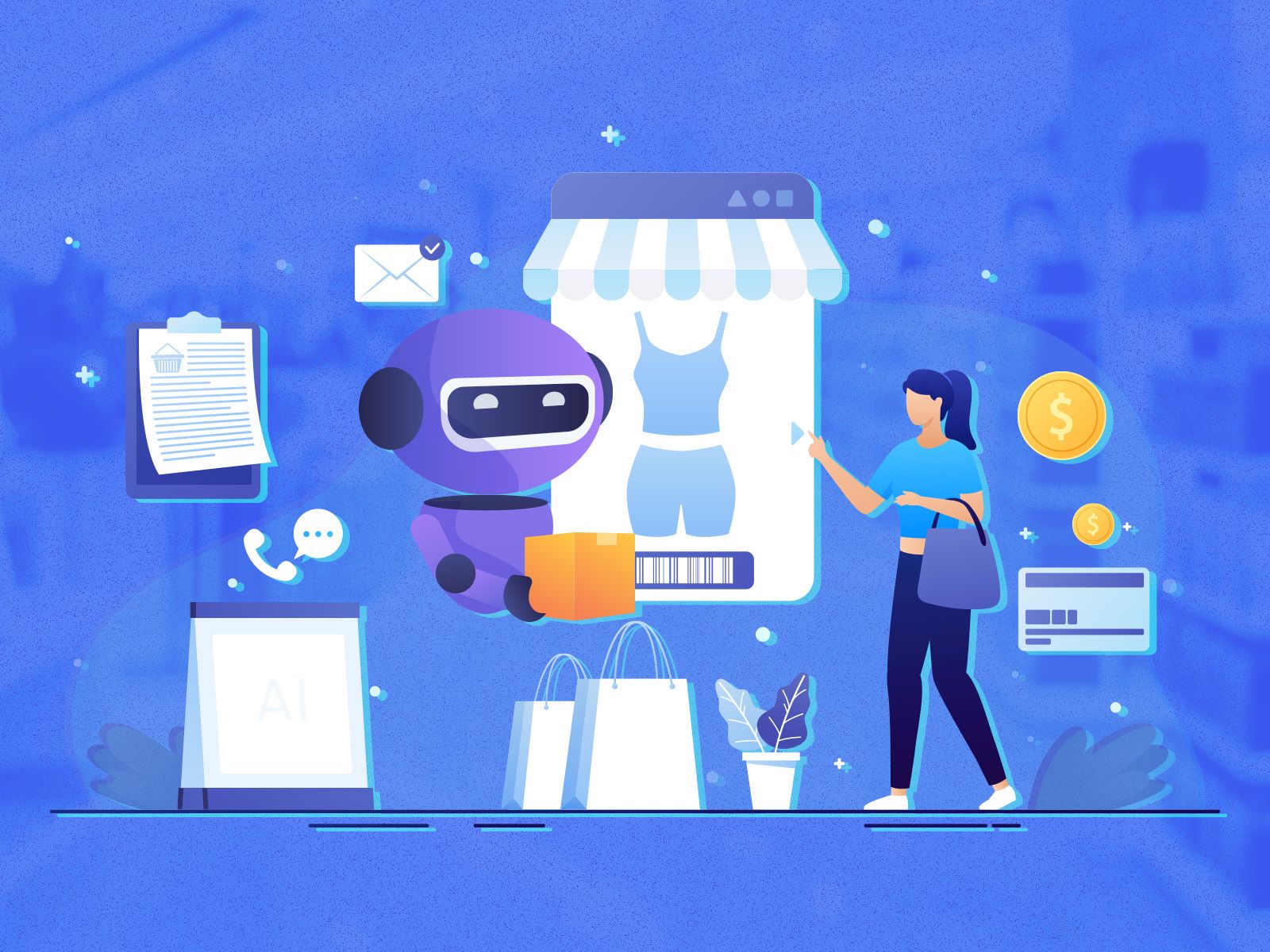Generative AI Supercharges the Digital Workplace

Illustration: © AI For All
Business software users struggle to master the growing number of applications needed daily to do their jobs effectively. The surge and complexity of technology have created steep learning curves for software adoption, and companies often fail to provide adequate guidance and training to help software users embrace technology and get the most out of the tools at their fingertips.
Digital Adoption Platforms (DAPs) offer the potential to establish a more streamlined, user-focused digital workplace where employees can utilize technology more efficiently.
DAPs layer on top of any application to guide users with real-time guidance, self-help support, and user feedback. When paired with analytics to identify users’ friction points at scale, DAPs help achieve the data-driven path to success for digital transformation.
Artificial intelligence (AI) technology is changing how we envision the future, and AI holds immense promise for bolstering the global economy. AI is projected to contribute more to the world economy than the combined output of India and China by 2030, according to the latest PwC study on AI's potential.
As AI continues to evolve, the advancement of these technologies will enable more personalized and proactive user guidance, allowing platforms to adapt to individual needs and preferences in real-time.
AI-enabled DAPs bring this functionality to a new level by enhancing user productivity across business processes while offering a far superior user experience for end-users. AI tools help by delivering more userized experiences, automating complex processes, and prioritizing tasks for greater efficiency.
One new AI-enabled feature streamlines the process of extracting, organizing, and synthesizing key themes, significantly accelerating information discovery by up to 80 percent. The potent combination of a DAP with AI drives the efficiency needed to make a tangible impact on a business with the potential to increase sales, lower costs, and mitigate risks through more rapid data analysis.
User-Centric Tech: Bridging the Gap Between Complexity & Accessibility
Many IT leaders are transforming their user support today based on a core belief in the “userization” of software. This is an approach to make technology more user-savvy, rather than expecting users to be tech-savvy.
The userization concept enables organizations to improve individual user experiences while increasing workforce efficiency. For users, DAP & GenAI creates a simpler, more streamlined technology experience. For businesses, it brings improved process standardization and higher user productivity.
Digital adoption platforms (DAPs) provide a powerful foundation for driving software adoption and productivity across the enterprise. The advent of generative AI (GenAI) unlocks new capabilities that can supercharge DAPs, providing more personalized, contextualized, and adaptive user experiences.
By integrating AI-powered Digital Adoption Platforms, organizations can tailor guidance, documentation, and workflows to each individual user's needs, roles, experience levels, and behavior patterns. This enables a highly customized experience catering to how each person best understands and utilizes applications.
Additionally, natural language processing powered by AI allows more intuitive voice and text interactions, where users can simply ask questions plainly and receive relevant information, analytics, and step-by-step guides generated on the fly.
GenAI revolutionizes DAPs by allowing them to leverage all the knowledge residing in an organization's data repositories. A GenAI-powered DAP can provide direct answers to users' specific questions by pulling from and synthesizing that internal knowledge.
It can also automatically generate customized training content like guides and documentation by observing different user cohorts' application usage patterns, reducing manual effort.
AI-driven DAPs can proactively surface contextual information and guidance in the moment when they detect a user may need assistance with a task or workflow. This abstracts away complexity, empowering non-technical employees to be productive with new software by lowering learning curves and minimizing frustrations from unfamiliarity.
Users can simply state what they need to accomplish, and the AI guides them through it seamlessly without the deep technical knowledge required.
In summation, AI supercharges the capabilities of digital adoption platforms, enabling a DAP to provide even more personalized, integrated, and intelligent user experiences that accelerate software adoption and productivity across the workforce.
Eliminating Digital Friction & Reinforcing Human AI Controls
A robust GenAI strategy depends on using a large language model supplemented with enterprise-specific information. This way, AI predictions, recommendations, and outputs can be personalized and contextual to the enterprise’s specific processes and policies and the user’s role.
As we make more progress with AI and userization, it is important to emphasize the need for a “pro-human” approach to producing responsible AI. The concerns around data privacy, security, and unbiased outputs must be carefully addressed.
Potential solutions involve human-in-the-middle validation mechanisms, transparency about AI-generated content, and siloed training data for individual organizations, ensuring compliance with regulations and preventing unintended biases. IT Business and stakeholders should control the AI implementation, but users should maintain autonomy over their AI-generated outputs
Internal IT staff and learning and development teams can provide a layer of fine-tuning by adding context for specific AI models, while acting as a safeguard against factually incorrect AI hallucinations or biased outputs.
The Future of AI in Business Software
The goal for userization should be to enable “self-service” functionality that enhances the digital employee experience as much as possible, according to Markham Neil Bathew, Senior Manager of Global Sales Enablement for Wipro, which deployed Whatfix’s DAP to improve its change management processes.
“People are not always aware of some of the features that are already enabled in the system and hence, they’re not using it. That’s really one of the challenges,” Bathew said. “We’ve been able to introduce tool tips and user flows for guided navigation. These are some of the features we have been able to use, and they’ve helped people get the kind of support they need at the right time.”
In the future, the impact of AI will extend beyond current capabilities by adding more support for analytics and a unified AI layer that cuts across user applications.
Many individual apps will offer GenAI capabilities in silos, but such a siloed approach can introduce new levels of complexity for users, running the risk of becoming more of a hindrance than a productivity multiplier.
Looking ahead, the true potential of AI-powered DAPs lies in abstracting user interfaces altogether. The future vision is one where users need not grapple with the complexities of visual elements or application layers.
Instead, AI agents will understand user intents and seamlessly execute required tasks, making software more accessible and reducing the cognitive load on the workforce.
Ultimately, the synergy between AI and digital adoption platforms holds the promise of unlocking continuous optimization, enhanced employee training and enablement, scalable personalized experiences, and deeper analytics capabilities – all converging to boost workforce productivity, maximize software ROI, and drive transformative business outcomes for enterprises.
This transformative combination of DAPs with generative AI is creating a real business advantage by keeping software users more engaged and satisfied. As a result, such ongoing progress is helping to supercharge workforce productivity and drive more successful organizations.
Enterprise AI
AI for Business
Generative AI
Author
Vara Kumar is the co-founder and head of R&D and pre-sales at Whatfix. He co-founded Whatfix with Khadim Batti in 2014 with the vision of empowering individuals and organizations to work symbiotically with technology to maximize their potential. Based in the U.S., Vara leads the company’s strategy and vision for product development and adoptions, technology development, and innovation, helping accelerate successful integrations for partners and customers.
Author
Vara Kumar is the co-founder and head of R&D and pre-sales at Whatfix. He co-founded Whatfix with Khadim Batti in 2014 with the vision of empowering individuals and organizations to work symbiotically with technology to maximize their potential. Based in the U.S., Vara leads the company’s strategy and vision for product development and adoptions, technology development, and innovation, helping accelerate successful integrations for partners and customers.









